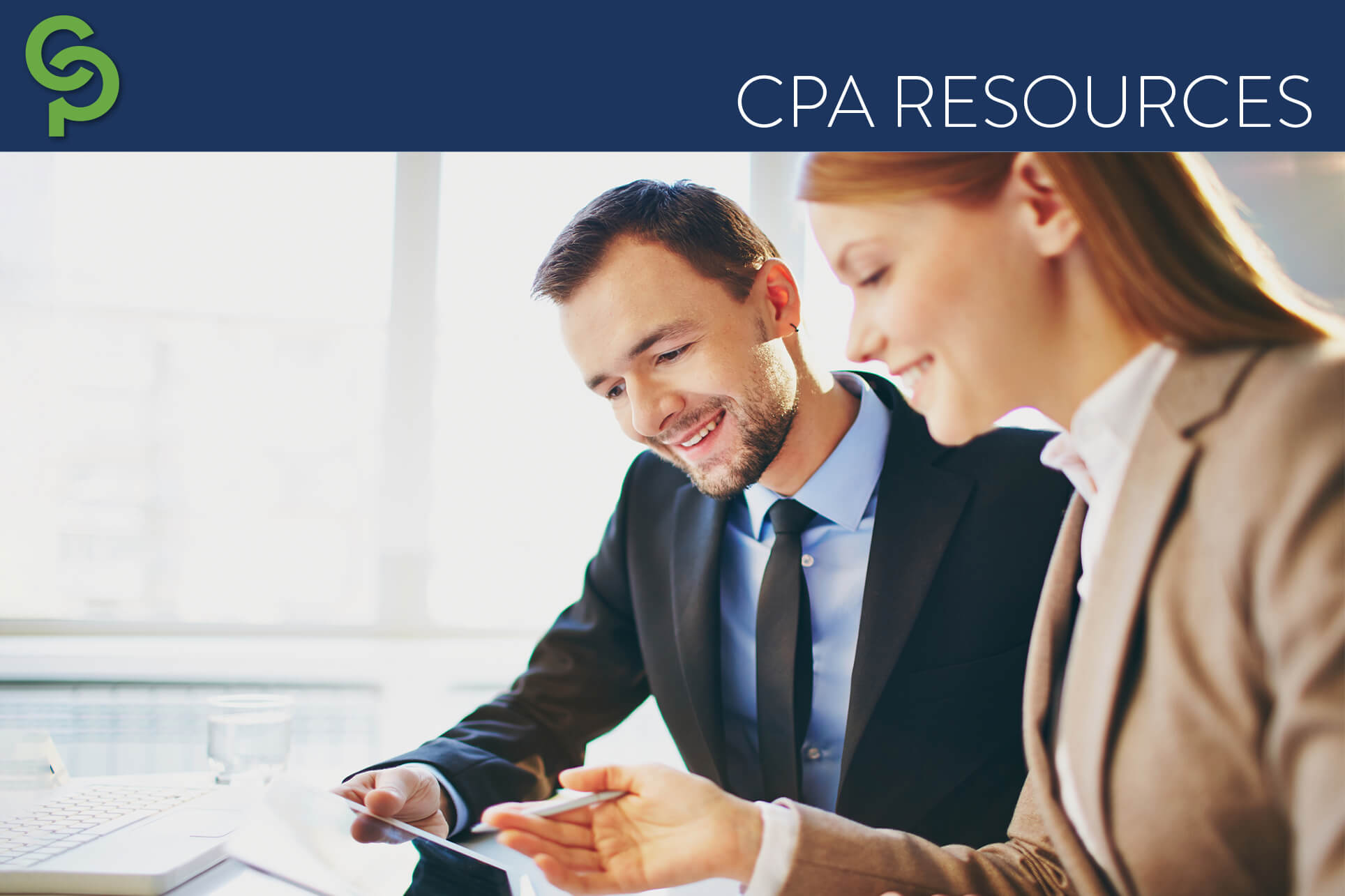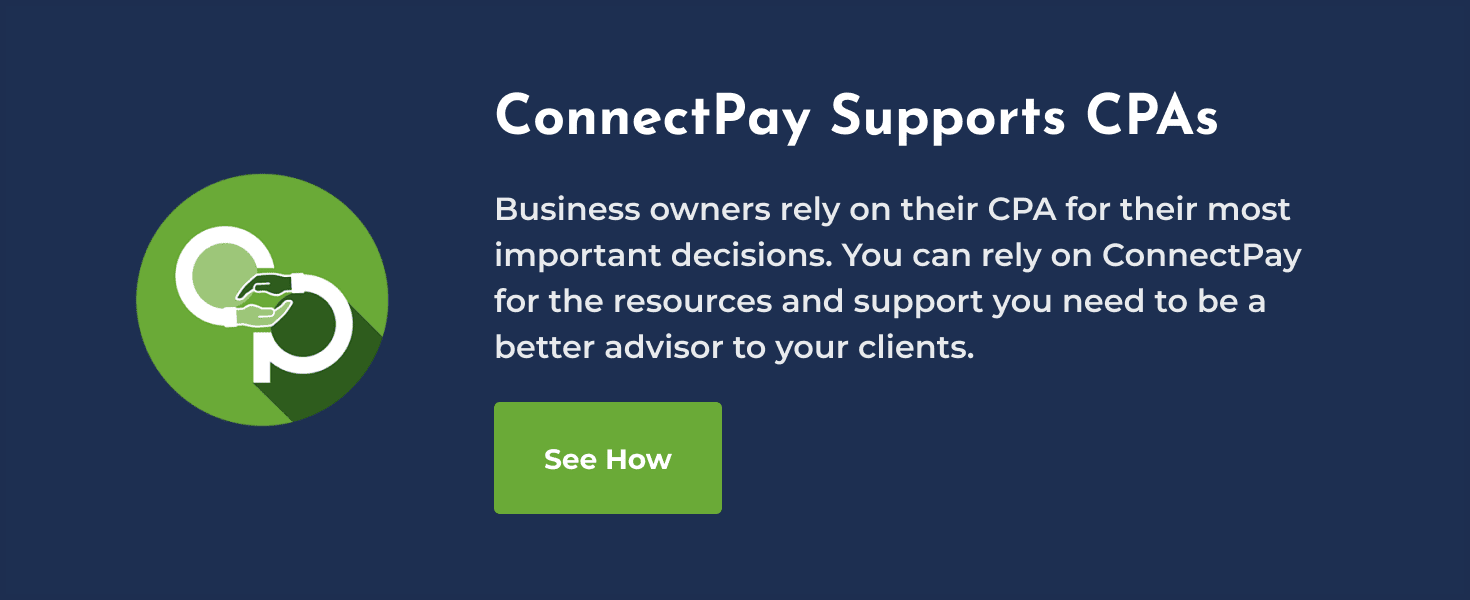1099-K: What Businesses Need To Know About Using Payment Services Now

Initially designed to help friends split a dinner check or repay a friend for concert tickets, small businesses have found great benefits from accepting payments via payment service apps.
It has taken time, but the apps have finally caught up to their needs and can now allow businesses to stay in compliance while using their services, with the introduction of the 1099-K.
What Is the 1099-K?
The popularity of contactless payments rose to its peak during the pandemic, with use increasing by over 238% from June 2020 to February 2021 alone. To adapt to this rising trend, payment services like Venmo, Zelle, and PayPal have been catching up to the needs of small businesses, rolling out new features and services to make transactions easier. Many of these applications have released business account functions, which give businesses the ability to tag transactions as goods or services and issue tax forms. While in the past, small businesses were advised not to use payment apps, these expanded features are now making that advice obsolete.
Yet, with this sudden popularity in payment services also comes new regulations and complications when estimating business taxes. Starting in 2022, payment services will be required to issue 1099-K forms when the company’s gross sale of goods or services is equal to or greater than $600 – which is a large leap from the previous threshold of $20,000. As a result, most business owners using a payment app will receive a 1099-K going forward.
While there is no new tax associated with this form, not every business owner has been correctly reporting the income that comes in through these payment services. What’s more, reporting becomes especially hard for those businesses that use multiple payment service applications at the same time. However, these gaps in knowledge provide ample opportunities for CPAs to guide their clients through the 1099-K process, helping them adapt to one of the largest payroll industry trends for 2022.
Here are the key points to share with your clients about payment services and 1099-K forms.
Check out our accountant partner solutions page for more information on partnering with ConnectPay.
What is, and Isn’t, Included on the 1099-K
Business owners will receive Form 1099-K from each payment app or digital payment service through which they sold more than $600 worth of goods and services, along with any gratuities collected. However, personal transactions (like reimbursing a friend for dinner or paying rent to a roommate) are not included.
How To Ensure A 1099-K Is Correct
It’s important for business owners to maintain good bookkeeping practices, monitoring and recording all transactions made through each digital payment service they use, separating both personal and business transactions. By keeping track of all payments received on a regular basis throughout the year, reconciliation will become all the easier. Once a business owner’s 1099-K forms arrive, they then need to cross-reference their merchant statements and digital receipts to ensure all numbers align and are accurate. And remember, a 1099-K only captures gross income, so any refunds or returns will not be accounted for on the form.
If any mistakes are found, submit an errors report to the payment settlement entity listed on the 1099-K form.
Understanding The 1099-K Form And Beyond
While this article provides a good basis for understanding Form 1099-K, we will be monitoring for any upcoming changes as digital payment services continue to grow in popularity. Our team of payroll experts specializes in understanding the ever-evolving tax laws, and whether we’re dealing with 1099-K forms, multi-state taxation issues, or other areas of compliance, we’re here to support CPAs and their clients in any way that we can. Reach out to our team if you ever need a payroll partner in your corner!







